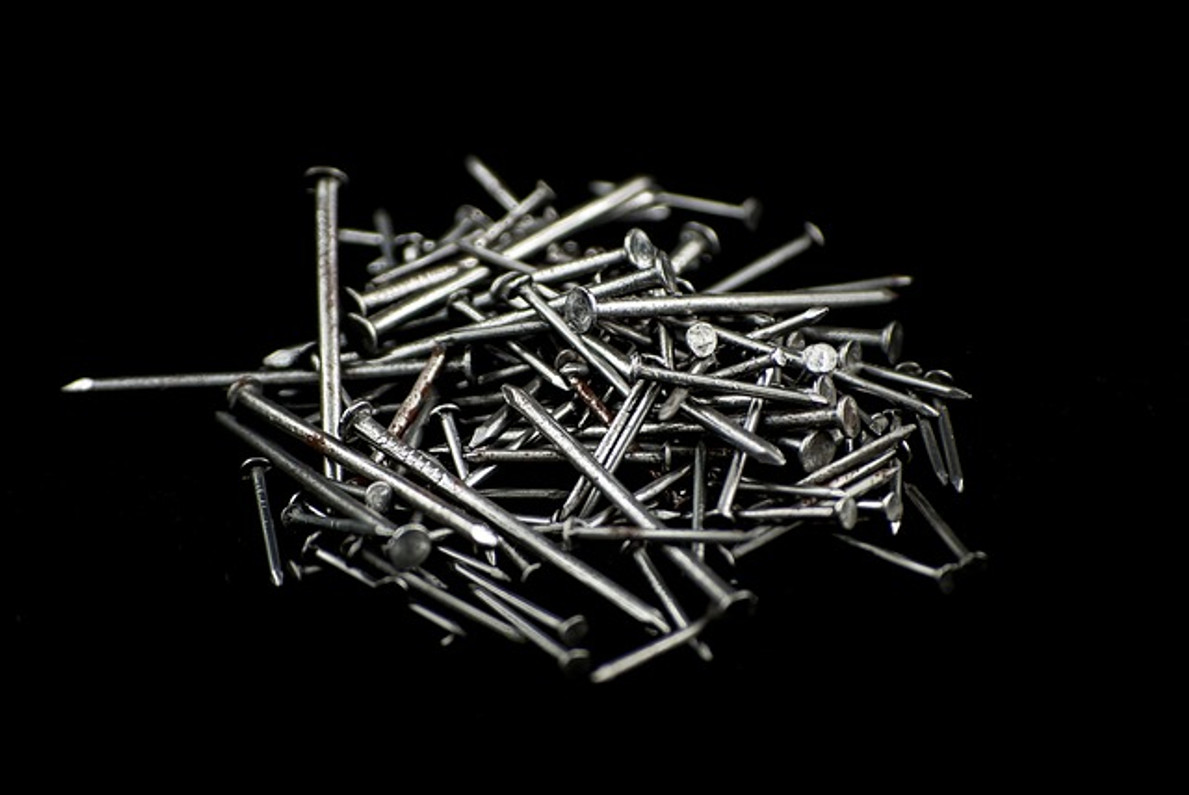5 Safety Tips to Follow When Removing Nails From Wood
Nails are one of the most common types of fasteners. They are used to join wooden planks, walls, floors and other surfaces. While long-lasting, though, nails may need to be removed. If the wooden surface in which they are installed begins to rot, for instance, you may want to remove the nails. You can use the claw end of a hammer to remove most nails from wood, but you should follow these safety tips to protect against bodily injury.
#1) Wear Eye Protection
Always wear eye protection when removing nails. The U.S. Centers for Disease Control and Prevention (CDC) states that approximately 2,000 workers in the United States sustain an eye injury each day. Eye injuries can occur when removing nails. Using too much force to pull out a nail could result in it shooting towards your eye. With impact-resistant goggles or similar eye protection, you can rest assured knowing that you will be protected from eye injuries such as this.
#2) Wear Gloves
In addition to eye protection, you should wear gloves when removing nails. Nail removal is a hands-on activity. You'll have to grip the hammer while pressing the claw end around the head of a nail. Wearing gloves will protect your hands from splinters, cuts and other minor injuries. At the same time, it will allow you to get a better grip on the hammer so that you can easily remove the nails.
#3) Inspect the Head
Before attempting to remove a nail, inspect the head to see if it's damaged. All nails have a head. It's the flat top part of a nail that protrudes out of the wooden surface. Nail heads can become damaged. If the head is bent or warped, you shouldn't remove it with a hammer. Instead, try to remove it using a pair of pliers. You can grip the exposed part of the nail with a pair of pliers, after which you can pull it out.
#4) Pull Using Consistent Force
Assuming a nail still had a solid head, you should be able to remove it using a hammer. Place the claw end of the hammer around the head and pull using consistent force. Consistent force means you should maintain a steady, even pulling force. Don't try to tug or jerk the hammer. Instead, pull it using consistent force.
#5) Store in Safe Area
You should store all removed nails in a safe area. Don't just leave them on the ground. Over time, nails can rust. Most nails contain iron in them, so they are susceptible to rusting. Stepping on a rusty nail, of course, could lead to an infection. After removing a nail from a wooden surface, place it in a bucket, toolbelt or a similar area where you won't accidentally step on it.
Recent Posts
-
Fire Safety in the Workplace: What You Need to Know
What steps are you taking to prevent fires in your workplace? According to the U.S. Occupational Saf …Aug 23rd 2023 -
Is It Safe to Go Jogging With a Cold Infection?
If you're suffering from a cold infection, you might be wondering whether it's safe to go jogging. T …Aug 22nd 2023 -
5 Safety Tips to Follow When Using a Powder-Actuated Tool
Powder-actuated tools are commonly used to join materials to steel and concrete. Also known as Hilti …Aug 20th 2023




